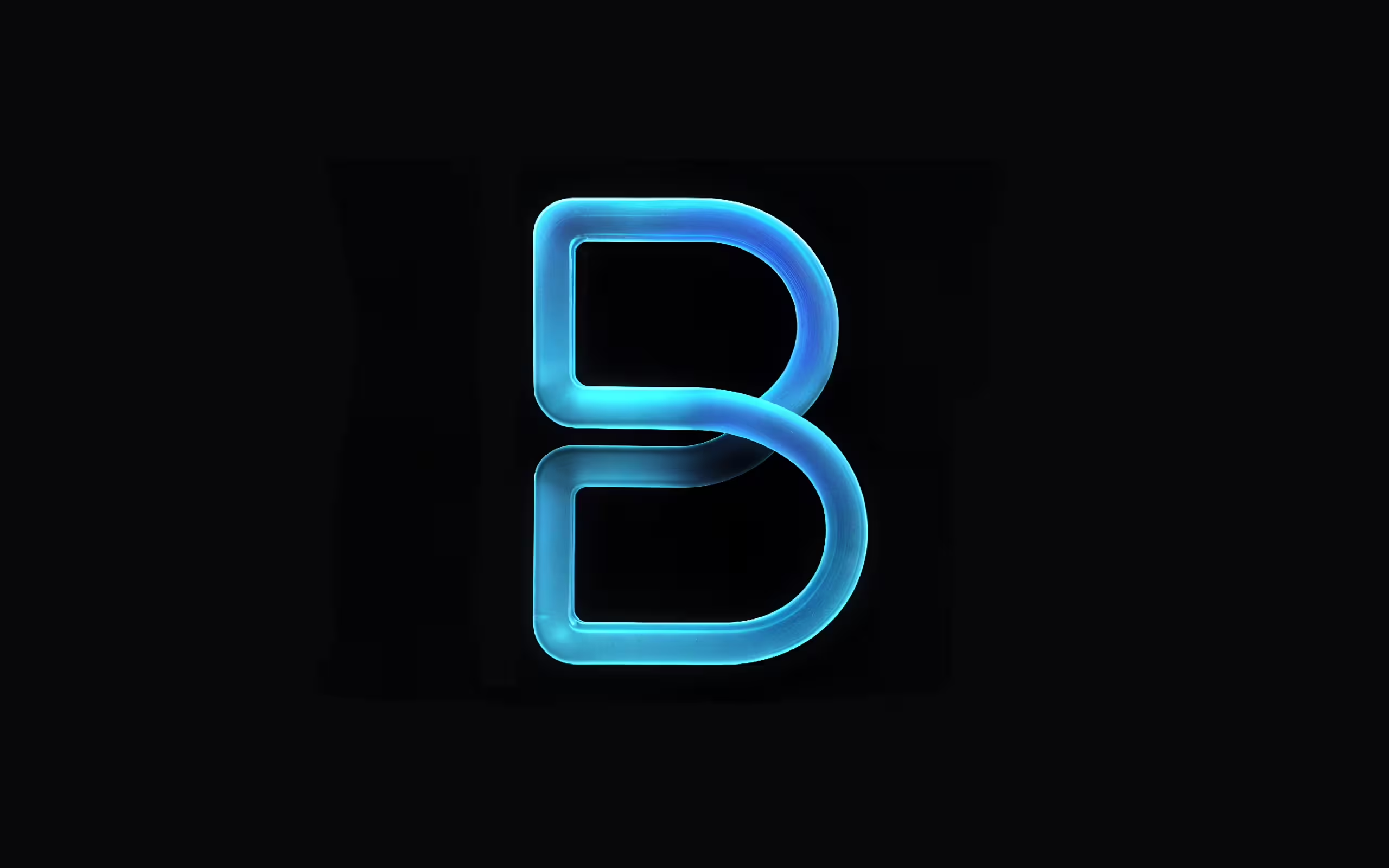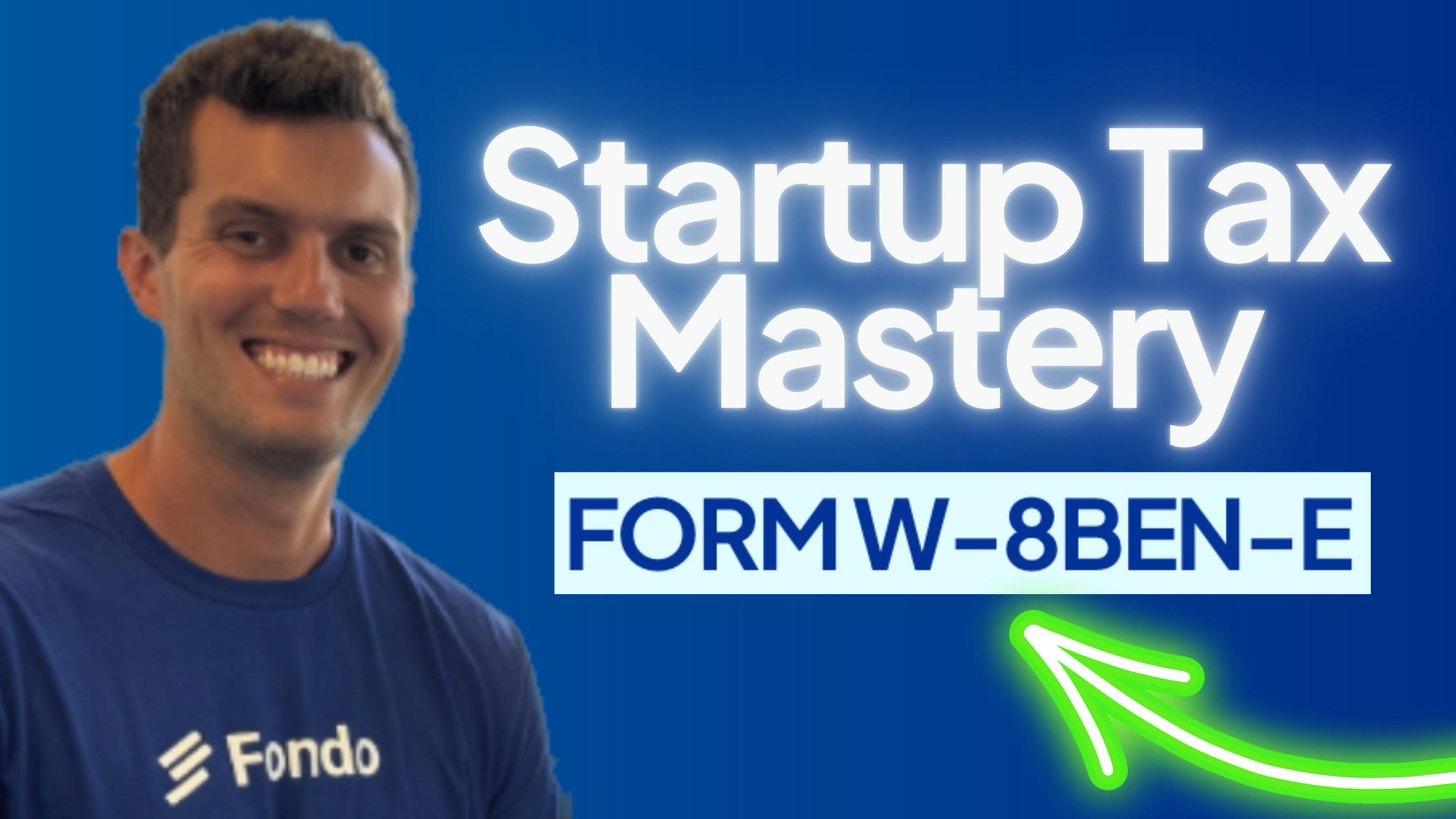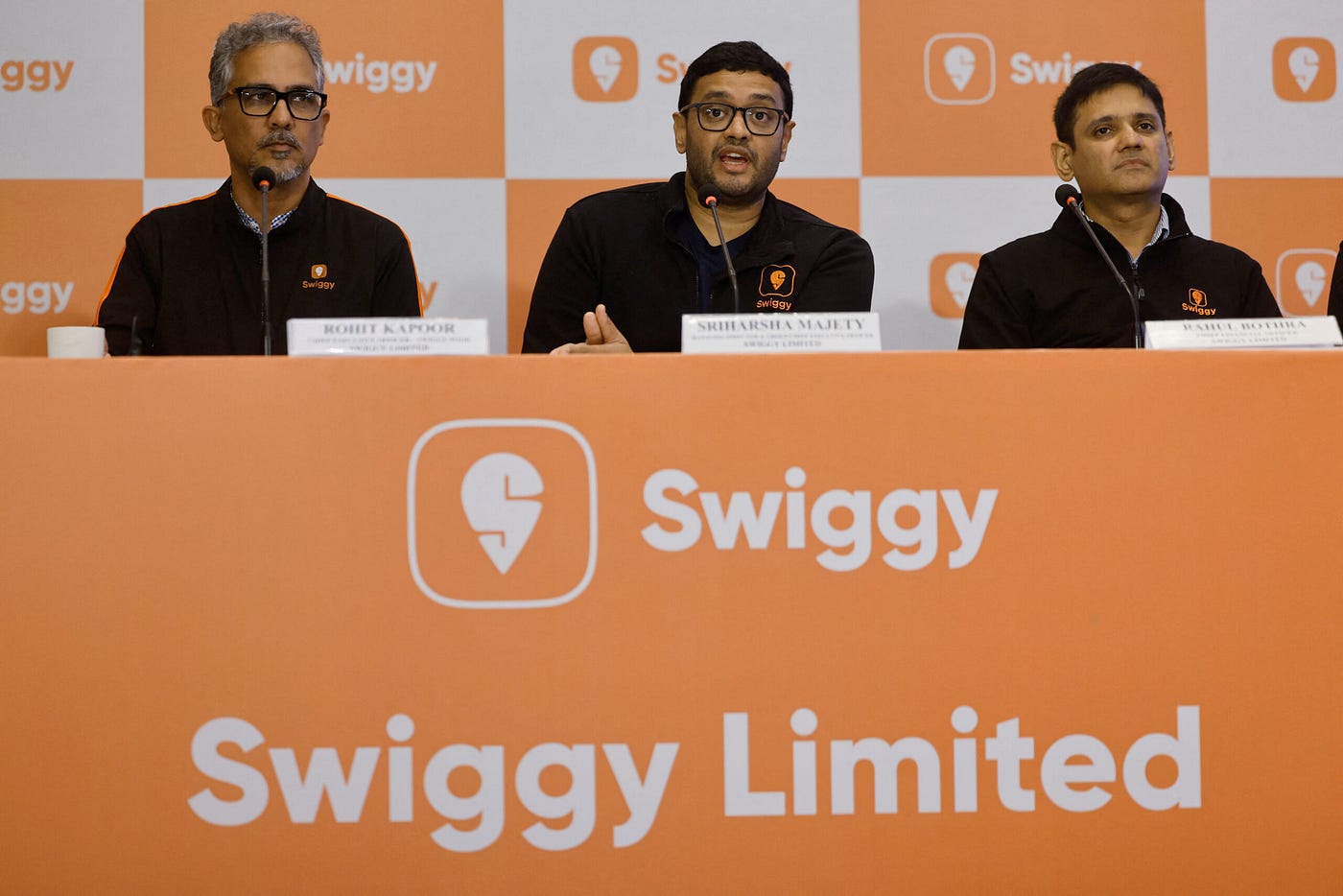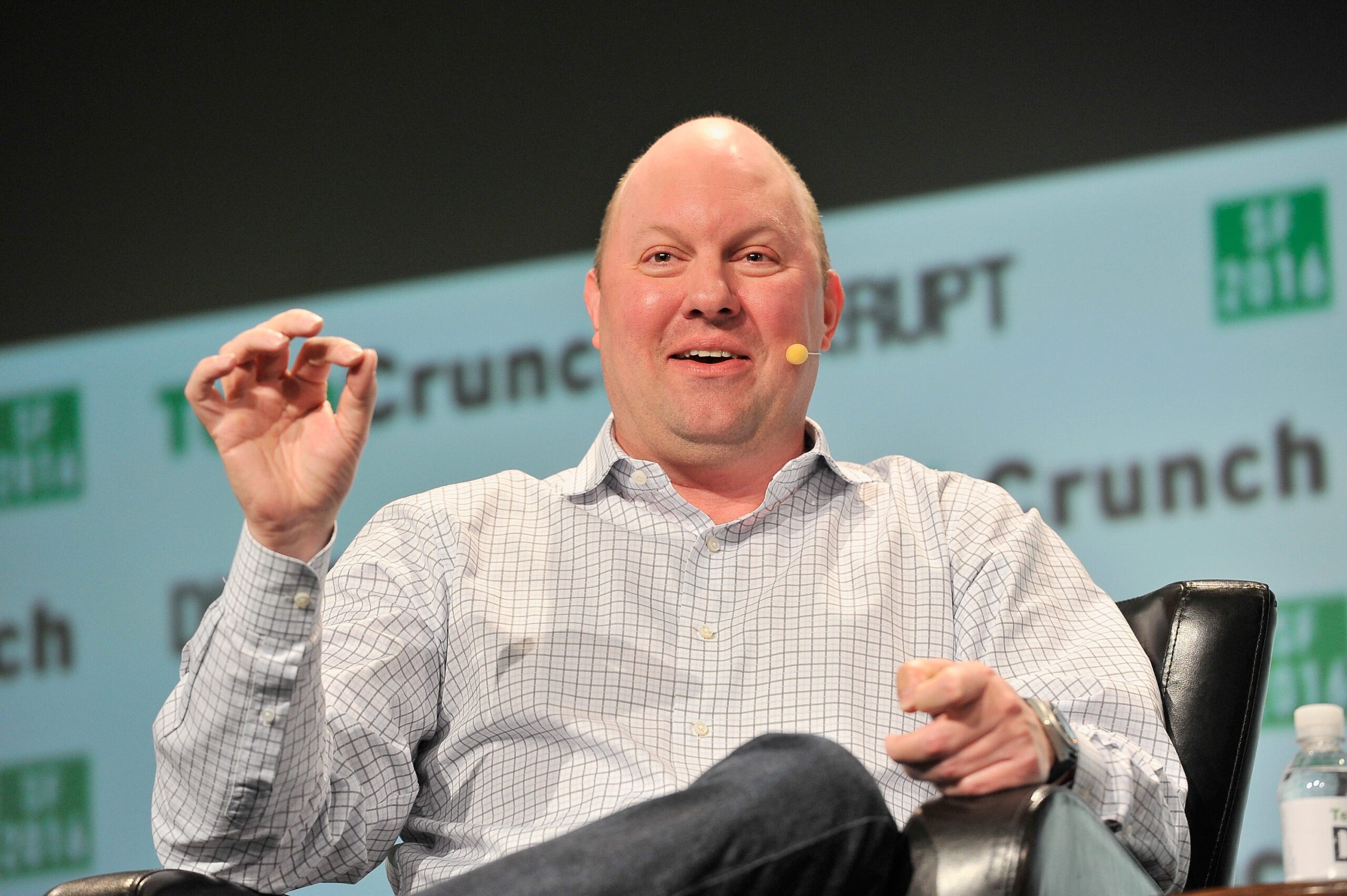General
-

Biolevate Raises €6M to Simplify Medical Writing with AI
Writing documentation for new drug development is a notoriously time-consuming task, often bogged down by minimal software support and a shortage of skilled professionals. Paris-based Biolevate aims to change this dynamic with its AI-powered platform…
-

AI bookkeeping startup Fondo aims to solve the accountant gap
Entrepreneurship in the U.S. is thriving, with an average of 430,000 new business applications submitted each month in 2024—a 50% increase from 2019. However, the rising number of startups faces a significant challenge: a dwindling…
-

Ex-Duolingo Leaders Raise $13M for College Access Startup
Three former Duolingo executives are turning their attention to higher education with a new venture, Outsmart Education, which has raised $13 million in seed funding. The startup, still operating in stealth mode, aims to make…
-

Swiggy IPO Sees 7% Surge in Shares Amid Battle with Zomato
Shares of Swiggy jumped 7% to 440 rupees on Wednesday, signaling a strong public debut for India’s food and quick commerce giant and marking the nation’s second-largest IPO of the year. This initial listing of…
-

Productivity Hacks Fall Short According to a16z VC Who Found Startup Success
Andreessen Horowitz general partner Martin Casado, who sold his networking startup Nicira to VMware for $1.25 billion, challenged popular productivity trends at TechCrunch Disrupt last week, suggesting that such hacks might not be the secret…





